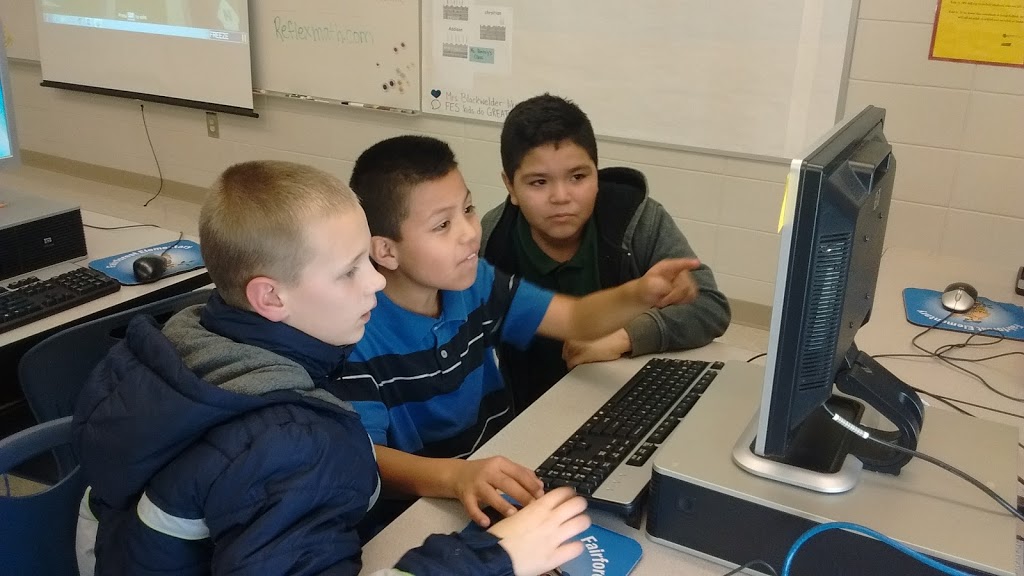

- Technology websites for elementary students software#
- Technology websites for elementary students windows#
The sequence chart can help with narrative writing and the ordering of events. The sandwich chart can assist students with paragraph writing. Sample handouts can be found at the Houghton Mifflin Harcourt Company. Graphic organizers do not need to be technologically advanced in fact, they can exist in simple handout form.

Graphic organizers vary by type and technological sophistication. Depending on the type of writing, the graphic organizer can prompt the writer to describe an object, chart out a course of events or perform some other task that can help in planning the piece. Graphic organizers work by helping the student map out a course of action.

As an assistive technology, graphic organizers can be a strong choice for students with dysgraphia or disorders of written expressions - particularly the conceptual aspects of writing. Graphic organizers can be effective in helping students to organize their thoughts during the writing process.
Technology websites for elementary students windows#
It is available for Windows and Macintosh. The Kurzweil 3000 strives to provide students with a multi-sensory approach to literacy learning.
Technology websites for elementary students software#
In addition to a range of TTS features, the full-featured software program integrates abilities that can help students in other areas, potentially appealing to those who may have a non-print disability or those who may not typically consider a TTS program. The Kurzweil 3000 is a leader in TTS software for individuals that struggle with literacy. Search a database of nearly 400 products using extensive criteria tailored to assistive and educational technologies. With the advances in speech synthesis, TTS technology is more accurate and lifelike than ever. The technology works by scanning and then reading the words to the student in a synthesized voice, using a large number of speech sounds that make up words in any given context. However, other students can benefit from TTS technology, such as children that have autism, attention deficit hyperactivity disorder (ADHD) or an intellectual disability. Common print disabilities can include blindness, dyslexia or any type of visual impairment, learning disability or other physical condition that impedes the ability to read. This isn’t a tech tool but a short kind of ‘course’ that offers an overview of assistive technology (AT) and explores ways to expand students’ access to it in the classroomĪ summary of the Assistive Technology Act and its consequences for educators.Ī resource that, for example, helps teachers “think about whether the student 1) can gain information from print-based educational materials used across the curriculum by all students, 2) needs materials in a specialized format, or 3) needs modified content or alternative materials.”Īs an assistive technology, text-to-speech (TTS) software is designed to help children who have difficulties reading standard print. Several areas of assistive technology and sample products may be found in any given classroom, making a difference in how students of all abilities learn.īackground On Assistive Needs & Supporting Technology Ranging in sophistication from ‘low’ technologies such as a graphic organizer worksheet to ‘high’ technologies including cutting-edge software and smartphone apps, assistive technology is a growing and dynamic field. Today, assistive technology tools can help students with certain disabilities learn more effectively.

One tool to help students with disabilities even in the face of a special education teacher shortage is assistive technology. Additionally, the NEA reports that nearly every general education classroom in the country includes students with disabilities, as three out of every four students with disabilities spend part or all of their school day in a general education classroom. students enrolled in special education programs has risen 30 percent over the past 10 years. Assistive technology tools are among the least ‘celebrated’ but most crucial tools in K-12 education today.Īccording to the National Education Association (NEA), the number of U.S.


 0 kommentar(er)
0 kommentar(er)
